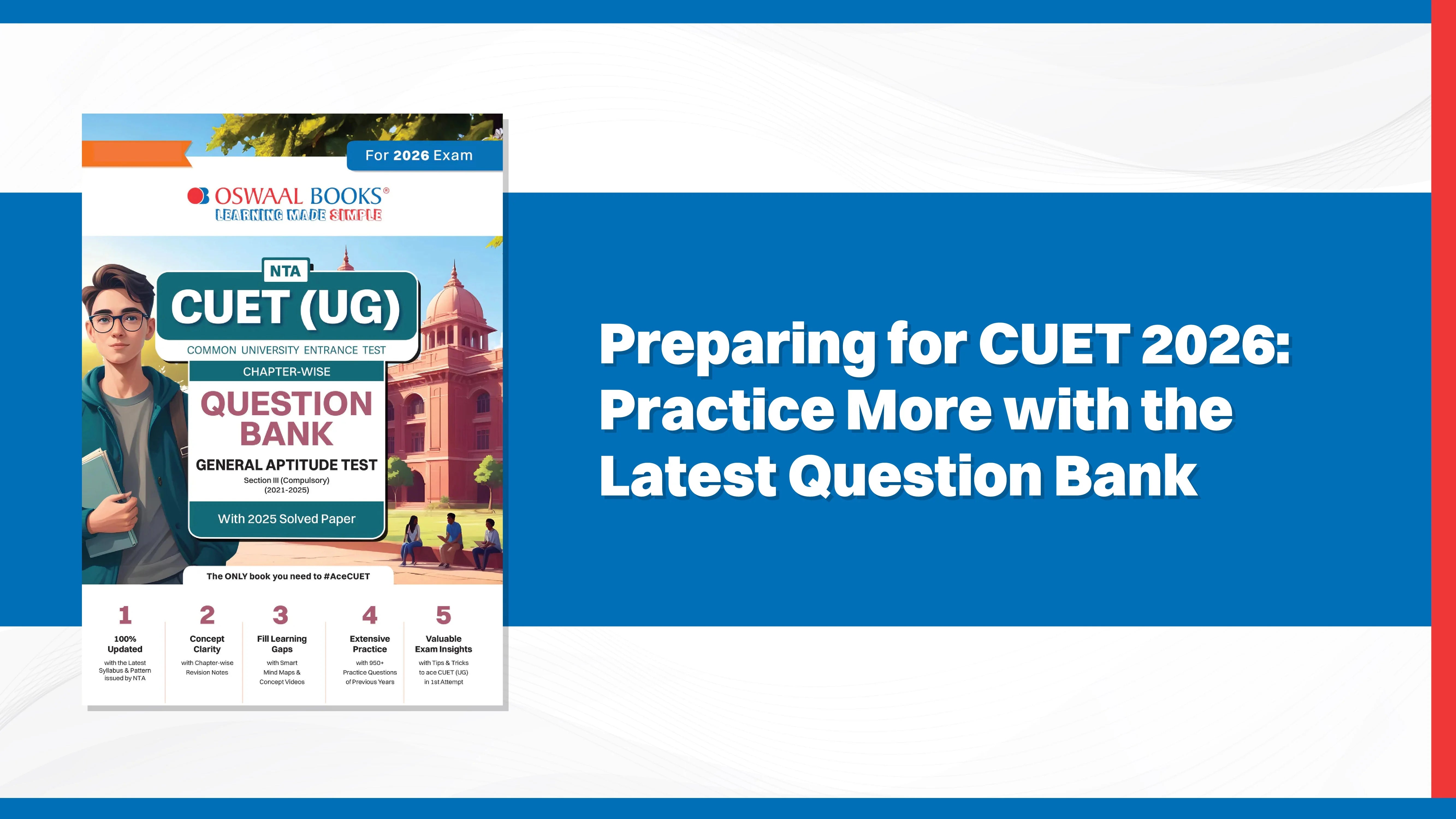The Common University Entrance Test (CUET) is a crucial gateway for students who aim to secure admission to prestigious Indian central universities. However, its growing importance has also led to many myths and misconceptions among aspirants, creating immense confusion among them. In this blog, we debunk some of the most common myths about CUET preparation and reveal the truth behind them.
Myth 1: CUET is Tougher Than Board Exams
Though the competition in CUET is high, it doesn’t mean it’s tougher than board exams. In fact, CUET focuses on assessing a student’s conceptual understanding and application-based knowledge, which they primarily get from NCERT textbooks. With strategic preparation and the right CUET Book, they can perform equally well in both exams.
Myth 2: Solving Board Exam Papers is Enough for CUET Preparation
Board exams and CUET follow different exam patterns. While board exams demand descriptive answers, CUET is based completely on multiple-choice questions (MCQs). You can familiarize yourself with the CUET format by practicing from CUET sample papers and question banks. They also help you improve your time management and problem-solving skills.
Read More: How to Score 800 in CUET?
Myth 3: CUET is Only for Students who Score Well in Boards
CUET is designed to provide equal opportunities to all students. It doesn’t matter how much they score in the board exams. The exam evaluates domain-specific knowledge and aptitude instead of subjective writing skills. Thus, even a student with average marks can secure admission by preparing diligently with a suitable CUET book and regular practice from a CUET Question Bank or sample papers.
Myth 4: Coaching is Necessary for CUET Success
Joining a coaching institute can make your preparation more structured. However, you can even crack CUET through self-study. A disciplined study plan, access to quality study materials, and consistent practice are the key factors to help you succeed in the exam.
Myth 5: More Study Hours Mean Better Scores
The quality of study matters more than the number of hours spent. Instead of increasing the number of study hours blindly, you must concentrate on targeted preparation. Smart preparation strategies like time management, note-making, and attempting mock tests can significantly improve your performance.
Myth 6: CUET Covers Topics Beyond NCERT
The CUET syllabus is primarily based on NCERT textbooks. While some sections like General Test (Logical Reasoning, Quantitative Aptitude) and English require additional preparation, domain subjects follow the NCERT curriculum. Referring to resources like the Oswaal CUET question bank can help you understand the exam trends and focus on relevant topics.
Myth 7: Last-Minute Preparation Can Help You Excel
CUET is a conceptual exam that requires you to prepare consistently. Last-minute cramming is ineffective for a test that assesses analytical skills and logical reasoning. Instead, you must follow a structured approach with regular revisions, mock tests, and CUET sample papers to ensure a confident attempt.
Conclusion
Busting these myths can help you approach the CUET preparation confidently and with clarity. Rely on credible resources like CUET books, CUET sample papers, and CUET question banks to build a strong foundation. A smart strategy, dedication, and practice will set you on the right path to success!











